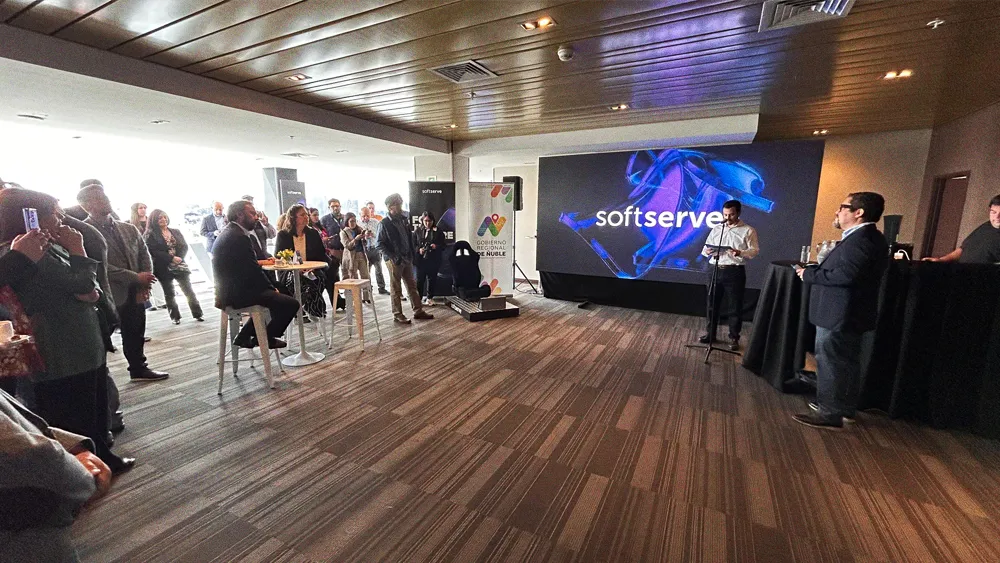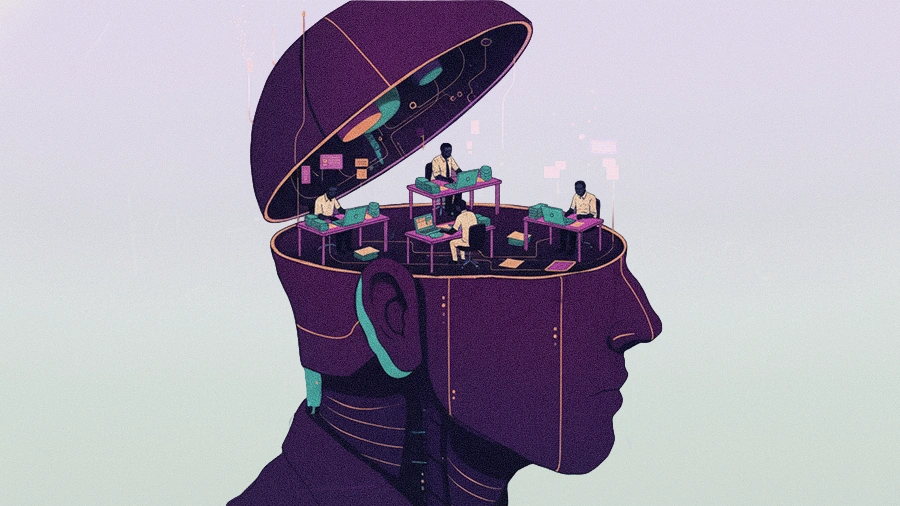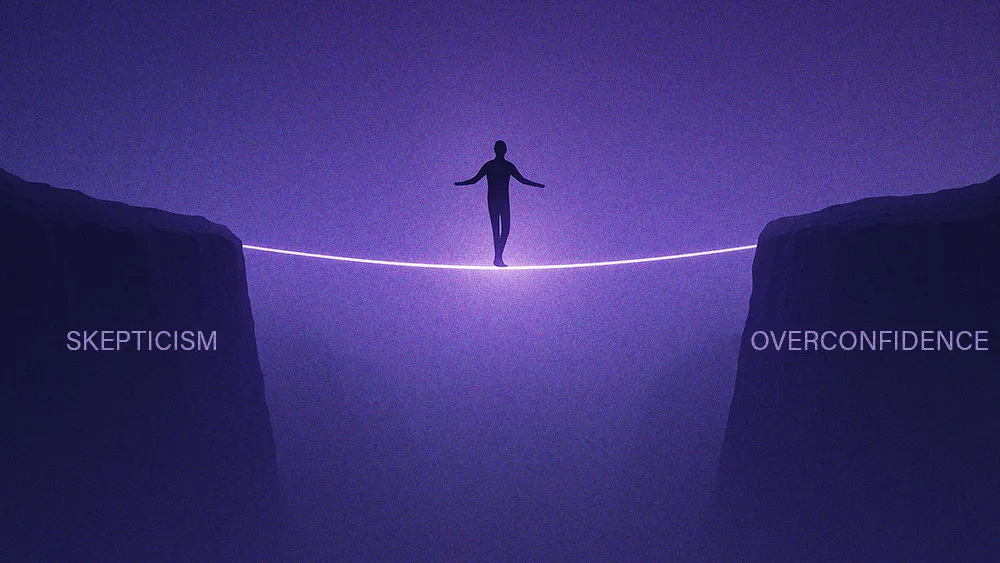Navigating the AI talent crisis with a ‘buy-and-build’ approach

Key Points
Kate Warman of Avanade discusses a “buy-and-build” strategy to develop talent internally rather than relying solely on high salaries.
Upskilling employees is crucial to retaining talent and staying competitive in the rapidly evolving AI landscape.
AI fluency is becoming essential for job seekers, as companies increasingly integrate AI into their operations.
HR leaders must balance automation with human-centric approaches to maintain workforce engagement and effectiveness.
You can hire the talent and then build the talent, or you can build the talent first and then hire the best people out of that talent pool. The strategy also means building the talent internally, because you've probably got a lot of people within your own ranks who are keen to learn the new skills.
Kate Warman
Head of Global Operations for Talent Acquisition
Avanade
In the tech industry’s frantic pursuit of an AI-native future, a familiar panic has set in. Faced with an intense talent shortage, giants like Meta are offering massive deals to poach top minds, sparking an arms race that leaves most companies feeling outmaneuvered and outspent. In a rush to compete, many are defaulting to an old, brute-force tactic: throwing money at a problem that requires a fundamentally new approach.
But what if the answer isn’t about outbidding the competition, but out-developing them?
This the strategic imperative comes via Kate Warman, Head of Global Operations for Talent Acquisition at Avanade. With a career focused on modernizing how companies scale their people functions, Warman said the key to winning the war for talent lies not in bigger signing bonuses, but in a smarter, more sustainable strategy centered on growth.
A new playbook: By reframing the current crisis as a recurring business cycle, she argued that the path forward becomes clearer. “It’s the same process as targeting whatever the hot skill is,” Warman said. “Right now it’s AI, but 10 years ago it was SharePoint. If companies want to be attracting the right employees, they need to be providing the right opportunities for them to grow and have relevant skills moving into the future.”
For companies that can’t compete on salary alone, Warman advocated for a disciplined “buy-and-build” approach. “When the technology need is greater than the skill that’s out there in the marketplace, one of the good bets for companies is to do a buy-and-build strategy,” she explained. This strategy typically unfolds in a few ways.
Up-skilling: “You can hire the talent and then build the talent, or you can build the talent first and then hire the best people out of that talent pool,” Warman noted. This latter model, exemplified by programs like Amazon’s AWS certifications, creates a powerful secondary effect: even those not hired directly become skilled brand advocates in the wider ecosystem. “The strategy also means building the talent internally, because you’ve probably got a lot of people within your own ranks who are keen to learn the new skills.”
Curiosity and courage: Ultimately, this approach does more than just fill a skills gap; it acts as a powerful filter for the right kind of person. “It’s about having the curiosity and courage to say, ‘I’m going to learn, I’m going to try things, and I’m going to fail. But I’m going to experiment, and through the successes and the failures, I’ll continue to learn and grow.'”
A company’s willingness to invest in this kind of upskilling is a direct reflection of its ambition to lead. According to Warman, failing to provide growth opportunities comes with a steep price. Within the corporate bubble, employees often have “blinders on” to the pace of change in the broader industry, but once they look outside, the risk of flight becomes acute. “If they’re not investing in their employees to develop the skills to be able to deliver on the leading edge, then their employees are likely going to go elsewhere to get that experience,” she warned.
The urgency to adapt is driven by a simple reality: AI is no longer a niche skill for a select few. Warman contrasted the proactive approach of a company like Avanade—which appointed a Chief AI Officer early on and rolled out mandatory bootcamps—with the short-sightedness of institutions that forbid the use of AI, comparing it to banning a calculator in math class.
And vs. Or: To counter the fear of job replacement, she offered a simple but powerful mindset shift. “I think that it really becomes an ‘and’, not an ‘or’. It’s your work and AI, not your work or AI.”
AI fluency: “Anyone who’s looking to make a job change needs to make sure they’ve got AI fluency, because it’s a skill that employers are looking for today.” More broadly, she called for a sense of personal agency. “We really need to be a participant in our own rescue. What got us here will not get us there.” The key, she explained, is adopting the right mindset. Unlike traditional software, AI tools aren’t perfect at launch; they are constantly evolving. “We need to shift our mindset to one of curiosity, one that is willing to invest in learning how to make this tool work for us.”
For HR leaders, the call is to take a strategic seat at the table. They must understand the technology deeply enough to counter dangerous, simplistic logic from business leaders who might assume that “if you’re automating 25% of your activities through AI, that means you need 25% less of your workforce.” But fairness and pragmatism often collide. “The landscape is changing, but the fundamentals of HR or recruiting are not changing,” Warman concluded. “They’re human-centric, and that human-to-human connection still needs to be at the root of everything that we do.”
When the technology need is greater than the skill that's out there in the marketplace, one of the good bets for companies is to do a buy-and-build strategy.
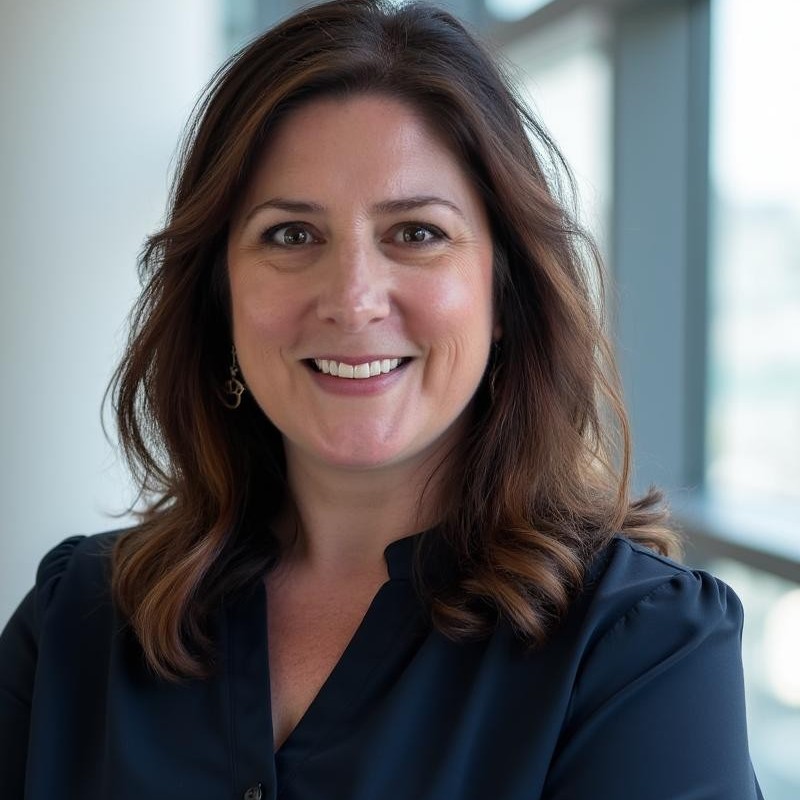
Kate Warman
Head of Global Operations for Talent Acquisition
Avanade
When the technology need is greater than the skill that's out there in the marketplace, one of the good bets for companies is to do a buy-and-build strategy.

Kate Warman
Head of Global Operations for Talent Acquisition
Avanade
Related articles
TL;DR
Kate Warman of Avanade discusses a “buy-and-build” strategy to develop talent internally rather than relying solely on high salaries.
Upskilling employees is crucial to retaining talent and staying competitive in the rapidly evolving AI landscape.
AI fluency is becoming essential for job seekers, as companies increasingly integrate AI into their operations.
HR leaders must balance automation with human-centric approaches to maintain workforce engagement and effectiveness.
Kate Warman
Avanade
Head of Global Operations for Talent Acquisition

Head of Global Operations for Talent Acquisition
In the tech industry’s frantic pursuit of an AI-native future, a familiar panic has set in. Faced with an intense talent shortage, giants like Meta are offering massive deals to poach top minds, sparking an arms race that leaves most companies feeling outmaneuvered and outspent. In a rush to compete, many are defaulting to an old, brute-force tactic: throwing money at a problem that requires a fundamentally new approach.
But what if the answer isn’t about outbidding the competition, but out-developing them?
This the strategic imperative comes via Kate Warman, Head of Global Operations for Talent Acquisition at Avanade. With a career focused on modernizing how companies scale their people functions, Warman said the key to winning the war for talent lies not in bigger signing bonuses, but in a smarter, more sustainable strategy centered on growth.
A new playbook: By reframing the current crisis as a recurring business cycle, she argued that the path forward becomes clearer. “It’s the same process as targeting whatever the hot skill is,” Warman said. “Right now it’s AI, but 10 years ago it was SharePoint. If companies want to be attracting the right employees, they need to be providing the right opportunities for them to grow and have relevant skills moving into the future.”
For companies that can’t compete on salary alone, Warman advocated for a disciplined “buy-and-build” approach. “When the technology need is greater than the skill that’s out there in the marketplace, one of the good bets for companies is to do a buy-and-build strategy,” she explained. This strategy typically unfolds in a few ways.
Up-skilling: “You can hire the talent and then build the talent, or you can build the talent first and then hire the best people out of that talent pool,” Warman noted. This latter model, exemplified by programs like Amazon’s AWS certifications, creates a powerful secondary effect: even those not hired directly become skilled brand advocates in the wider ecosystem. “The strategy also means building the talent internally, because you’ve probably got a lot of people within your own ranks who are keen to learn the new skills.”
Curiosity and courage: Ultimately, this approach does more than just fill a skills gap; it acts as a powerful filter for the right kind of person. “It’s about having the curiosity and courage to say, ‘I’m going to learn, I’m going to try things, and I’m going to fail. But I’m going to experiment, and through the successes and the failures, I’ll continue to learn and grow.'”

Kate Warman
Avanade
Head of Global Operations for Talent Acquisition

Head of Global Operations for Talent Acquisition
A company’s willingness to invest in this kind of upskilling is a direct reflection of its ambition to lead. According to Warman, failing to provide growth opportunities comes with a steep price. Within the corporate bubble, employees often have “blinders on” to the pace of change in the broader industry, but once they look outside, the risk of flight becomes acute. “If they’re not investing in their employees to develop the skills to be able to deliver on the leading edge, then their employees are likely going to go elsewhere to get that experience,” she warned.
The urgency to adapt is driven by a simple reality: AI is no longer a niche skill for a select few. Warman contrasted the proactive approach of a company like Avanade—which appointed a Chief AI Officer early on and rolled out mandatory bootcamps—with the short-sightedness of institutions that forbid the use of AI, comparing it to banning a calculator in math class.
And vs. Or: To counter the fear of job replacement, she offered a simple but powerful mindset shift. “I think that it really becomes an ‘and’, not an ‘or’. It’s your work and AI, not your work or AI.”
AI fluency: “Anyone who’s looking to make a job change needs to make sure they’ve got AI fluency, because it’s a skill that employers are looking for today.” More broadly, she called for a sense of personal agency. “We really need to be a participant in our own rescue. What got us here will not get us there.” The key, she explained, is adopting the right mindset. Unlike traditional software, AI tools aren’t perfect at launch; they are constantly evolving. “We need to shift our mindset to one of curiosity, one that is willing to invest in learning how to make this tool work for us.”
For HR leaders, the call is to take a strategic seat at the table. They must understand the technology deeply enough to counter dangerous, simplistic logic from business leaders who might assume that “if you’re automating 25% of your activities through AI, that means you need 25% less of your workforce.” But fairness and pragmatism often collide. “The landscape is changing, but the fundamentals of HR or recruiting are not changing,” Warman concluded. “They’re human-centric, and that human-to-human connection still needs to be at the root of everything that we do.”

